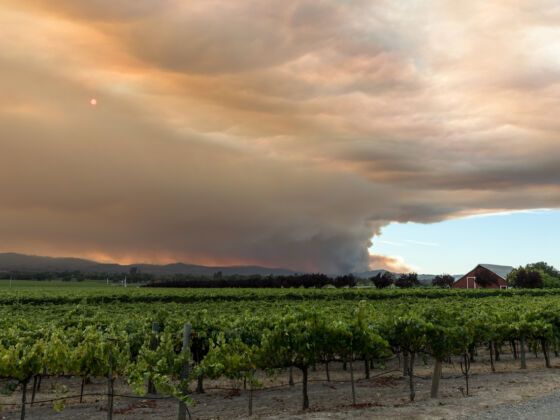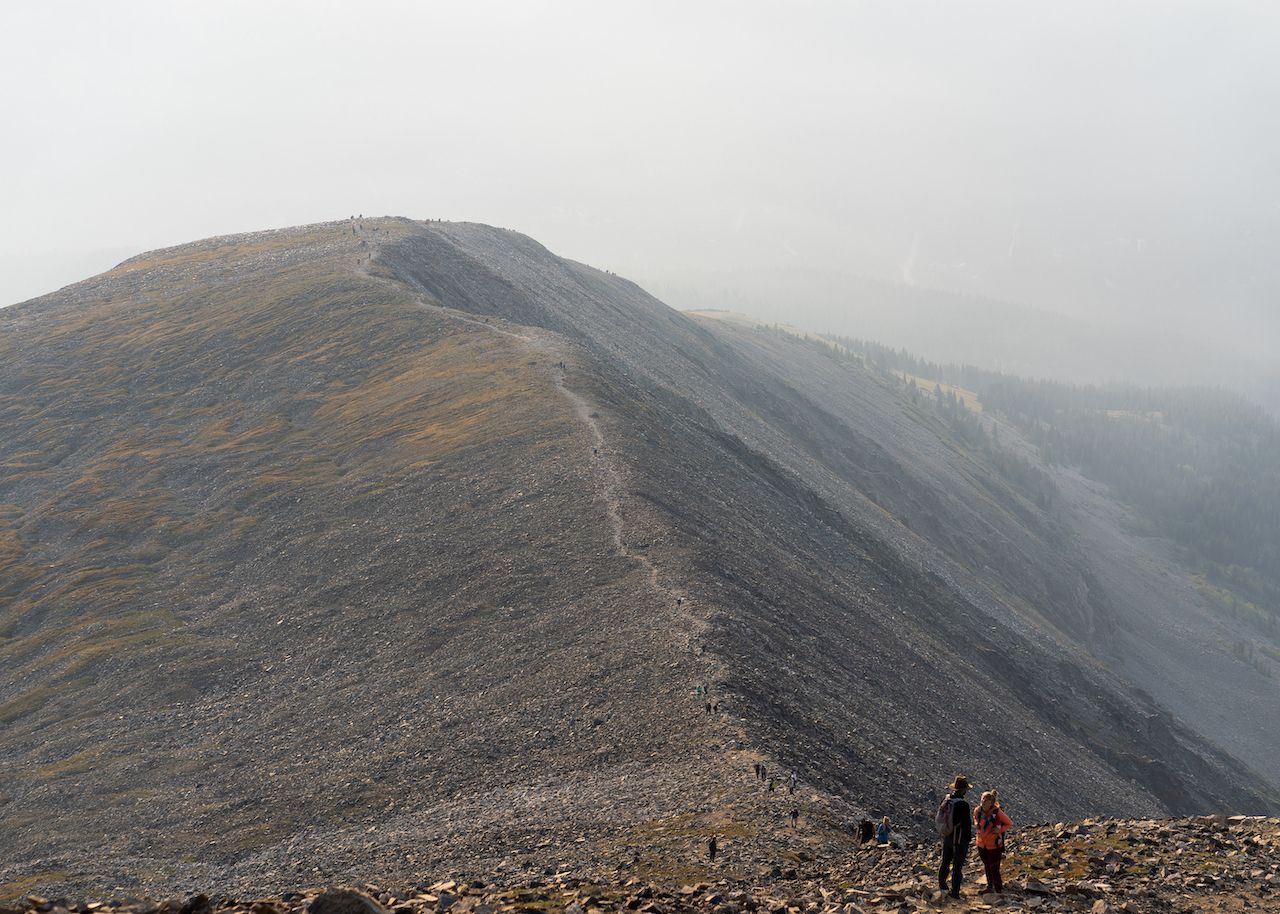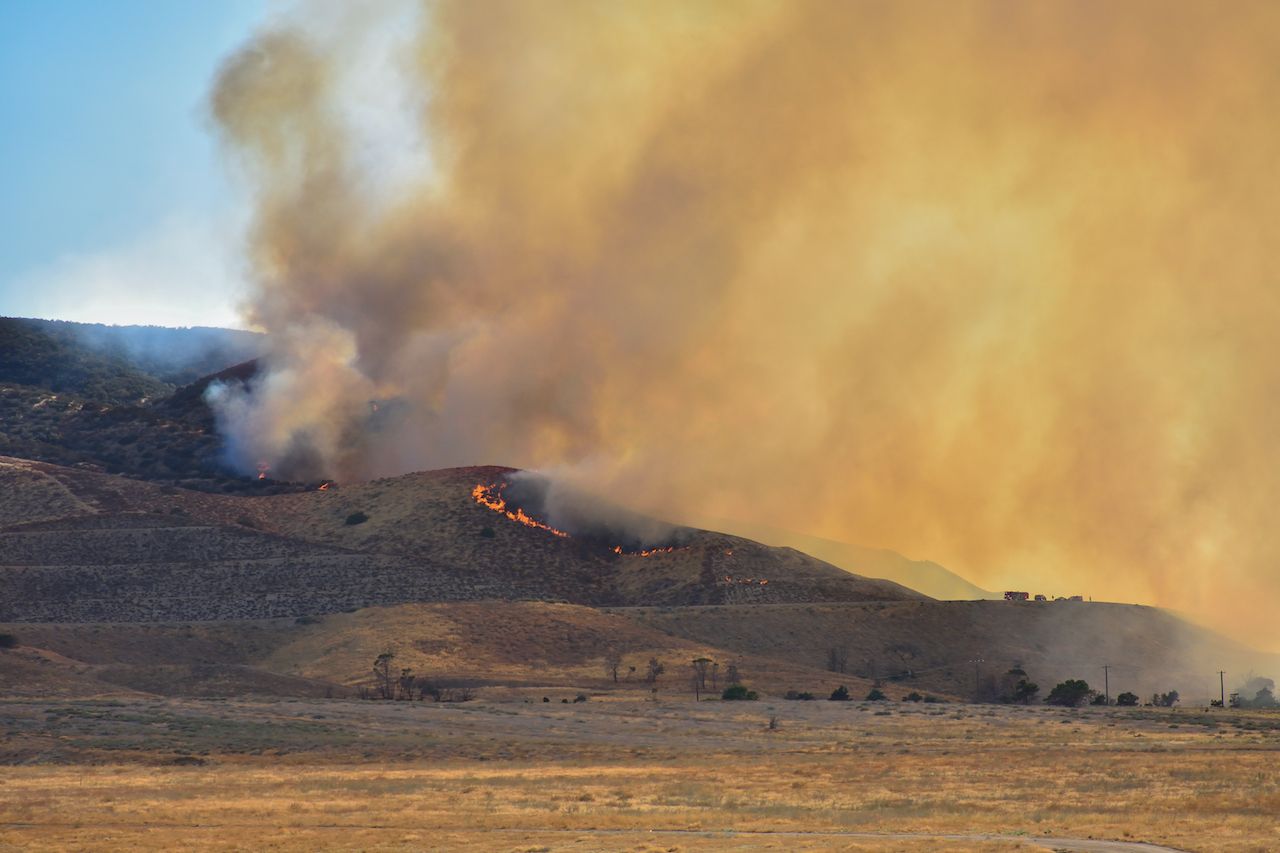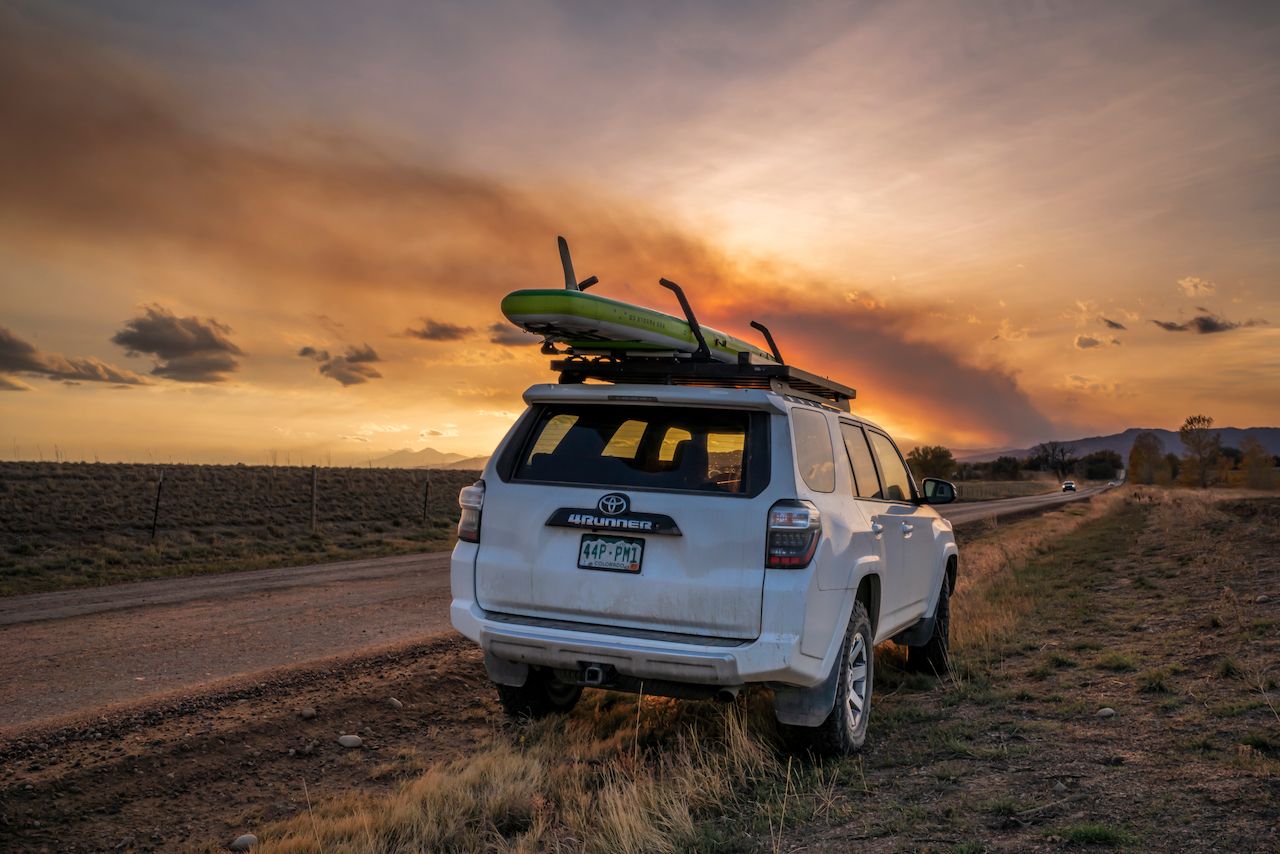The LNU Lightning Complex Fires of 2020 burned 363,000 acres in Northern California between August and October. The nearby Glass Fire burned an additional 67,000 acres beginning in late September. Images from these and other fires were horrific, showing devastation from the wine regions of Napa and Sonoma all the way to the Sierra Nevada, Oregon, and Washington. In Colorado, more than 700,000 acres of forest burned in 2020, with the state’s record for largest wildfire broken not once but by two separate fires over the course of the summer and fall.


Why Destinations Hit by Wildfire Need Visitors to Recover, and When It's Ok to Visit
Because popular destinations for wine tasting and outdoor recreation are often so close to national forest land and other areas susceptible to wildfire, the impact on tourism in these places is, unfortunately, massive. The San Diego Tribune reported in September that California’s Mariposa County lost $46 million of tourism spending to the 2020 wildfires. As a warming climate exacerbates wildfire season in mountainous areas across the west, the economic impact on tourism-dependent towns and regions will only grow.
The good news is that you can help the towns and regions impacted by this summer’s fires come back stronger than ever, starting with the simple act of visiting as soon as it’s safe to do so. Here’s what you need to know about travel to a destination recently impacted by wildfire and what you can do to help.
What to know when visiting a destination impacted by wildfire

Photo: Johnathan Spathelf/Shutterstock
Photos and video of wildfires are understandably terrifying. But the towns and regions dependent on tourism need visitors, as tourism helps these places recover both economically and emotionally. In areas such as California’s Napa Valley, local businesses including tasting rooms, restaurants, and hotels depend on tourists to survive.
“We understand the visuals shared of the LNU and Glass Fires in 2020 may have left a lasting impression that much has been destroyed, but a majority of Napa Valley is physically unaffected,” Lisa Poppen, Vice President of Public Relations and Content Marketing at Visit Napa Valley, told Matador Network. “Any loss is heartbreaking, but mother nature will heal burned hillsides and vineyards, and our neighbors will rebuild.”
When traveling during wildfire season, visit the website of the local tourism office, such as Visit Napa Valley’s Travel Advisory page, for a broad overview of what to expect, including any restrictions that may be in place or info on businesses that have been impacted.
”The best way to help the Napa Valley is to experience it in person, to support our small businesses and the people they employ,” Poppen says.
If you plan to participate in outdoor activities — especially those that often take place in forested areas like hiking, camping, or mountain biking — be respectful of trail closures and generally be prepared to avoid impacted trail systems or campsites. Wildfire devastates everything in the forest including the animals that live within it, and further disturbances only exacerbate the problem. Respect any closures to other outdoor recreation areas as well. The Bureau of Land Management posts closures and restricted use warnings on its website, with any relevant information.
“Oftentimes these preventative measures focus on human-related activities, such as campfires, off-road driving, equipment use, and recreational target shooting, since human-related activities are the number one cause of a wildfire,” the agency said in a public advisory.
Additionally, the site InciWeb monitors current fires and provides up-to-date information on where they are located and any necessary precautions.
When is it okay to visit a destination devastated by a wildfire?

Photo: Jeffrey Crockard/Shutterstock
As with road tripping during the COVID-19 pandemic, timing is everything. This is particularly true when it comes to booking lodging in places impacted by a wildfire, as you don’t want to take up a hotel room that could be used to house fire crew members or medical staff. Check with your hotel, Airbnb, or wherever you intend to stay to confirm that they have the space for non-emergency personnel.
In general, it’s safe to visit once the fire is contained, Poppen notes. As long as evacuation orders are not in place, and businesses are operating as normal, you’re okay to check in. This, of course, also depends on any COVID-19 restrictions.
“Fires predominantly affect remote, forested areas away from population centers, and it is unusual to result in tourism infrastructure damage,” Poppen says. “While media coverage of fires often results in consumer perception that affected areas are heavily devastated, communities typically reopen for business immediate upon fire containment or air quality improves.”
This should go without saying, but once you arrive, be conscious of what you’re photographing and sharing. The community has just gone through a significant and maybe even catastrophic natural disaster, and posting photos of burnt landscapes or destroyed buildings to your social channels might seem insensitive to your local community and hosts.

Photo: Trevor Bexon/Shutterstock
Take note of any road closures or other obstructions that could make travel to and around the area difficult or impossible. Of course, you can’t drive on an impassable road — but the real issue is that you don’t want to be getting in the way of emergency crews working in the field. And, though a town or region may not explicitly say “don’t come,” a place being far less accessible than normal is a good sign that it isn’t an ideal time to visit. The same goes for flights. When flights in and out of an area are canceled, your plans to visit that area probably should be, too.
Once hotels and other lodging properties are fully available, the roads in and out of the area are open and clear, and common functions like festivals and guided tours are operating, that means the area is open and ready for business.
How you can help before and during your visit

Photo: marekuliasz/Shutterstock
Donation sites aiding specific areas were promptly set up as the LNU and Glass fires — along with the North Complex, Cedar, and other fires — hit California. The same was true when the Grizzly Creek and Cameron Peak fires tore through the Colorado high country this year, destroying thousands of buildings including homes and businesses.
Visit Calfund or local foundations and non-profits specific to an impacted area to make a donation to support relief in California. An organization called OCF is collecting donations for relief in Oregon, the North Central Washington Community Foundation does the same in Washington state, and in Colorado, the Grand Foundation collects donations for those impacted in Grand County with similar efforts available for Boulder County and others.
The best thing you can do is to continue to monetarily support these communities and their local businesses — even from afar.
“One of the easiest ways to support [Napa] is to buy Napa Valley wine,” Poppen says. “You can also donate to the Napa Valley Community Foundation to support those impacted by this tumultuous year.”
You can also help with boots on the ground. Services such as Patagonia Action Works help travelers identify local volunteer opportunities in the places they visit. Or look for a local food bank or trail clean-up day, Should you see a group of firefighters gathered at a restaurant or bar, send a round their way (you can also do this digitally by donating to nonprofits that support firefighters and their families).
Beyond volunteering or making a financial donation, the best way to help is to visit, when the time is right. No matter how beautiful or engaging a destination is, natural disasters like wildfires can strike without warning, severely impacting the landscape as well as the lives of residents. Your dollars, support, and passion are key to helping these places rebound to be better than ever.